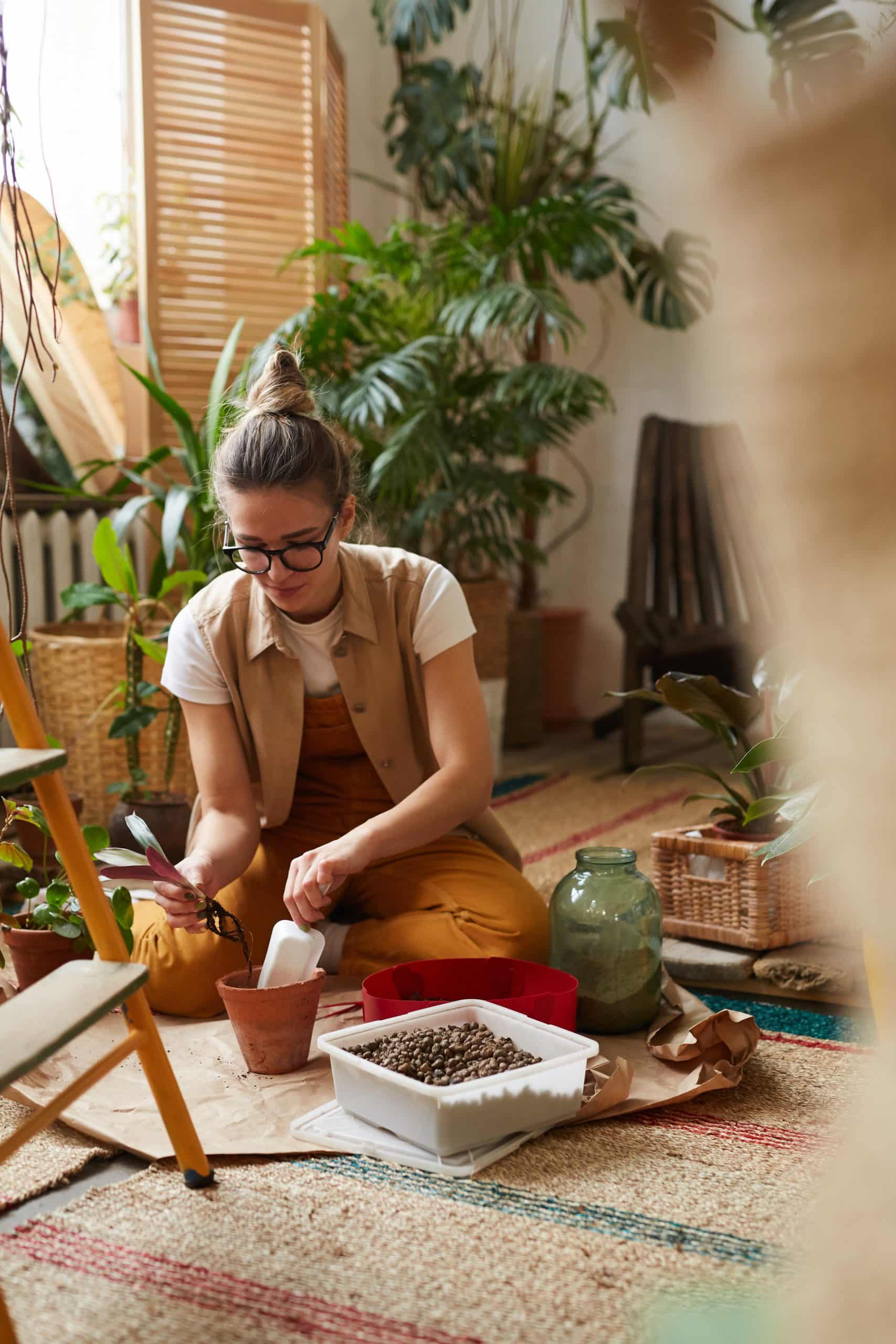What Are the Best Heat-Tolerant Plants for a South-Facing Conservatory?

Down the ages, plants have been an integral part of our lives, adding aesthetic beauty and performing vital roles in our ecosystem. When it comes to choosing the best plants for a conservatory, particularly a south-facing one, there are a few factors you need to consider: the plant’s tolerance to heat and light, its watering requirements, and its height and spread. Through this article, we delve into the world of heat-tolerant plants suitable for a south-facing conservatory.
1. Understanding the Nature of South-Facing Conservatories
South-facing conservatories receive an abundance of sunlight throughout the summer and winter months. These rooms are exposed to high levels of heat and light intensity, which not all plants can tolerate. So, when choosing plants for this space, you need to consider those that can withstand such conditions.
Additional reading : How Can You Set Up a Shared Home Office for a Creative Couple?
These conservatories often assume a Mediterranean climate, encouraging plants to grow and flowers to blossom. However, during the winter, they can get cold, so the plants chosen should also have some degree of cold tolerance.
2. Succulents: The Heat Lovers
Succulents are heat-tolerant plants indigenous to arid, desert regions. They have evolved to store water in their leaves, stems, and roots, perfect for surviving the summer heat. The striking Aloe Vera, for instance, will thrive in your conservatory with its sun-soaked conditions.
Topic to read : What’s the Best Strategy for Organizing a Vinyl Record Collection in a Studio Space?
Jade plants, with their thick green leaves and tree-like appearance, are another excellent choice. With a maximum height of 2 meters, they don’t take up much room. Their white or pink flowers will bloom in the winter if they receive enough light, adding color to your conservatory during the colder months.
3. Exotic Orchids: A Tropical Delight
Orchids are renowned for the beauty of their flowers and their exotic allure. They love warm, bright spaces, making them an ideal choice for a south-facing conservatory.
The Phalaenopsis Orchid, also known as the ‘Moth Orchid’, is a popular houseplant which can grow up to a height of 60cm and spread up to 40cm, making it an ideal conservatory plant. During the summer, it requires a high light intensity but not direct sun, so a spot near the window will do.
4. Mediterranean Plants: A Touch of Summer
Imagine the warmth of the Mediterranean sun and the light fragrance of herbs wafting in the air. You can create this ambiance in your conservatory with Mediterranean plants.
Rosemary, with its silvery leaves and delicate blue flowers, loves the sun and is quite drought-resistant. Lavender, with its vibrant purple flowers and aromatic fragrance, also thrives under the sun and can tolerate dry conditions.
5. Winter Blooms: Adding Color to the Cold Months
Although south-facing conservatories bask in the sun’s warmth during the summer, they can get quite cold in the winter. Some plants not only tolerate these conditions but also bloom during this time, adding a splash of color to the otherwise gloomy atmosphere.
Christmas Cactus is a popular choice for indoor gardening. It blooms in winter, producing lovely pink and white flowers. This cactus prefers indirect light and can tolerate cooler temperatures.
Another winter bloomer is the Clivia Miniata, also known as the Bush Lily. It produces beautiful clusters of orange or yellow flowers from late winter to early spring. This plant prefers indirect light and can tolerate a wide range of temperatures.
Choosing the right plants for your south-facing conservatory entails understanding the specific needs of each plant and the conditions within your conservatory. Whether it’s succulents, exotic orchids, Mediterranean plants, or winter blooms, each contributes a unique touch of beauty and vitality to your indoor garden. With the right care, you can create a vibrant, flourishing sanctuary of greenery in your south-facing conservatory.
6. Citrus Trees: A Fragrant Addition
Citrus trees are a class of indoor plants that are well-suited for south-facing conservatories. Known for their fragrant blossoms and edible fruits, these trees can add a refreshing element to your indoor garden.
One popular variety is the Calamondin Orange tree. This small, compact citrus tree typically reaches a height spread of 1-2 meters, making it an ideal conservatory plant. It produces fragrant white flowers in the spring and small, bright orange fruits throughout the summer and autumn. This tree enjoys full sun and can handle the heat and light intensity of a south-facing conservatory.
Another heat-loving citrus tree is the Meyer Lemon tree. It reaches a similar height spread to the Calamondin Orange. It’s known for its sweet, fragrant flowers and its brightly colored fruits. Like the Calamondin, the Meyer Lemon loves lots of light and high temperatures, making it a great choice for a south-facing conservatory. Image credit goes to the beauty of these trees that not only contributes to the aesthetic appeal of your conservatory, but also offers a delightful sensory experience with their fragrant flowers and flavorful fruits.
7. Palms and Cycads: A Hint of the Tropics
For those with a love for tropical plants, palms and cycads are great choices for a south-facing conservatory. They are typically very heat-tolerant, requiring full sun to partial shade to grow optimally.
The Kentia Palm, with its feathery, arching fronds, can add a touch of tropical elegance to your conservatory. It usually grows to a height of around 2 meters, with a similar spread. This palm prefers bright indirect light, making it well-suited to a south-facing conservatory.
Another plant that can give your conservatory a tropical feel is the Sago Palm. Despite its name, it is actually a type of cycad, known for its grown foliage that resembles the fronds of a palm tree. It’s a slow-growing plant that can reach a height and spread of about 1 meter. The Sago Palm is very heat tolerant and thrives in full sun or partial shade.
In Conclusion
The right choice of plants can transform your south-facing conservatory into a vibrant, soothing sanctuary, filled with the beauty of various blooms and the lush green of foliage. From the heat-loving succulents and exotic orchids to the fragrant citrus trees and the tropical palms, there are numerous options to choose from, each with unique characteristics that contribute to the overall appeal of your indoor garden.
Remember, it’s not just about the plant’s height spread, but also its ability to handle the high intensity of light and heat, its water requirements, and its ability to withstand the colder temperatures of winter. It’s also crucial to note that while some plants might enjoy direct sunlight, others will prefer bright indirect light.
With the right combination of these conservatory plants, you can create an inviting, inspiring space that serves as a testament to the beauty and resilience of nature. Whether it’s the pink and white flowers of the Christmas Cactus in winter, the vibrant yellow flowers of the Bush Lily in spring, or the red fruits of the Calamondin Orange in summer and autumn, every season can bring a fresh wave of color and life to your conservatory.
